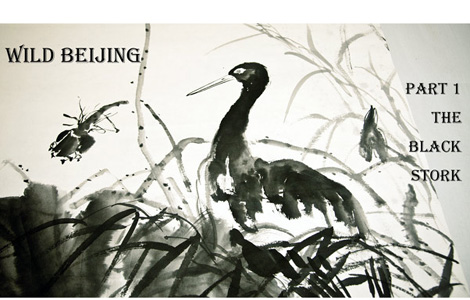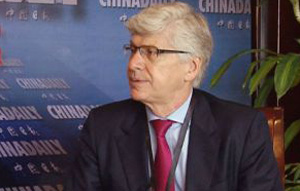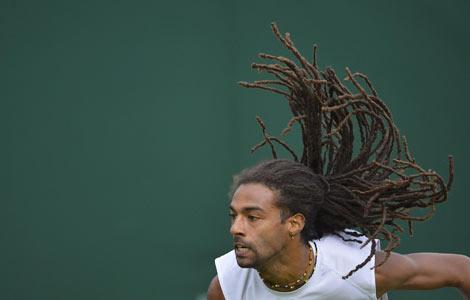For peace and development
Updated: 2013-06-28 08:06
By Fu Ying (China Daily)
|
||||||||
Diversification of global power is taking shape, but transformation of international governance will take time
There has been continuous debate on how to and can we maintain world peace since the time when mankind entered the "era of peace and development".
Have we in the 21st century learned to value the hard-won peace? Can big countries maintain peace when the established world structure is undergoing transition?
According to Nicholas Boyle, a University of Cambridge professor, there has been a cataclysmic "Great Event" of international significance at the start of each century in the last 500 years. Occurring in the middle of the second decade of each century, they could be events that sparked wars, religious conflicts or brought peace.
With Professor Boyle's research in mind, it should be no surprise that where the relationship between China and United States is heading has become a heated topic of international academia.
In terms of the size of its population and territory, China is a big country. But from the perspective of its economic development level and comprehensive national strength, there is still a sizeable gap between China and the developed world, not to mention the US, the world's largest developed country. As a developing nation, China is confronted with numerous difficulties and challenges, which people outside cannot imagine. This decides China has to focus its efforts on the realization of its development goals and the target of common prosperity for its people for a long period in the future. It's important that China has a peaceful external environment to facilitate the fulfillment of these goals.
China as the world's largest developing country and the US as the strongest developed nation have expressed the political will to maintain lasting peace and will try to build a new model for the relationship between two powers. They have expressed wishes to strike a balance among their interests and disagreements through multi-channel dialogue and this will undoubtedly be a long and arduous trust-building process.
The US concentrated its strategic focus on Europe during the Cold War era and shifted it to the Middle East after the Sept 11 terrorist attacks in 2001. Now Washington has redeployed its strategic investment eastward to Asia. The Asia-bound strategic shift came at a time when the region was witnessing prospering economic growth and booming cooperation among countries. The US has strengthened military collaboration with its Asian allies. Now that we are seeing increased frictions and conflicts in China's surrounding region, a question has arisen: should the US' increased military and strategic presence in Asia accord with the trend of the region's cooperation and development?
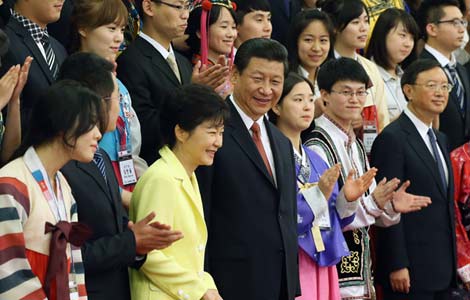
 Visit aids 'trust-building process'
Visit aids 'trust-building process'
 King of Pop returns
King of Pop returns
 Crowds cheer Court decision on gay marriage
Crowds cheer Court decision on gay marriage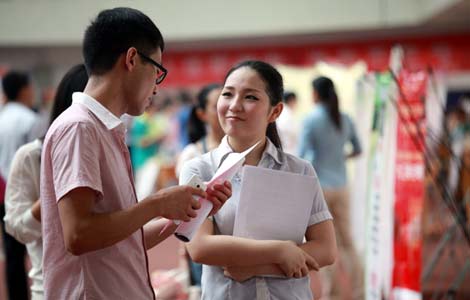
 Hiring index signals further job weakness
Hiring index signals further job weakness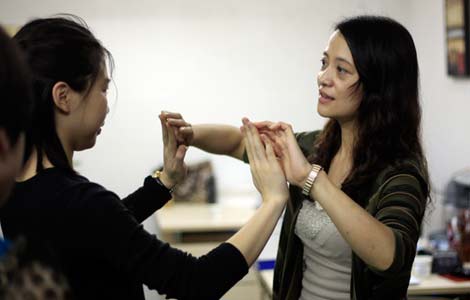
 Dance becomes popular stress relief
Dance becomes popular stress relief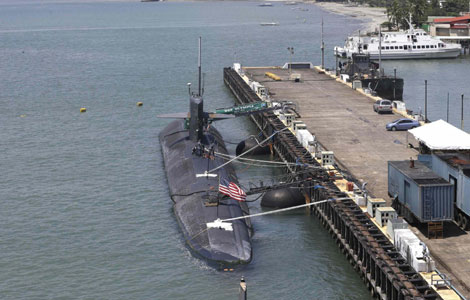
 Philippine, US start Naval exercise in S China Sea
Philippine, US start Naval exercise in S China Sea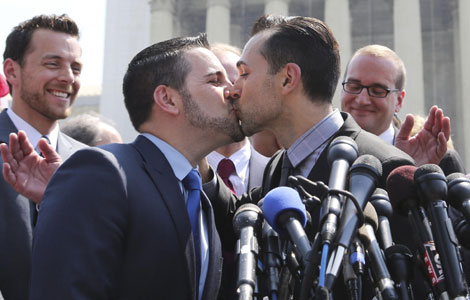
 Supreme Court gay rights ruling celebrated across US
Supreme Court gay rights ruling celebrated across US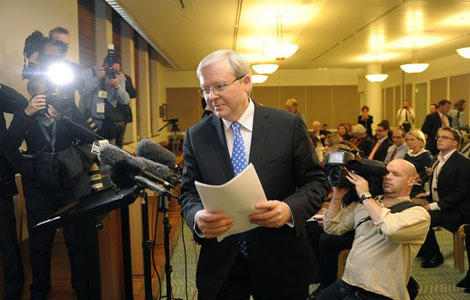
 Rudd returns as Australian PM after Gillard
Rudd returns as Australian PM after Gillard
Most Viewed
Editor's Picks
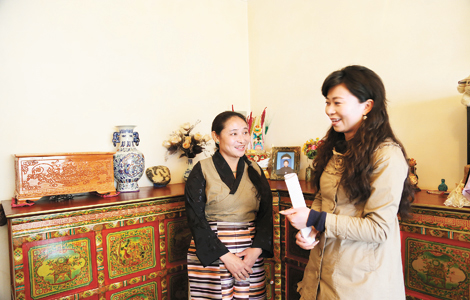
|
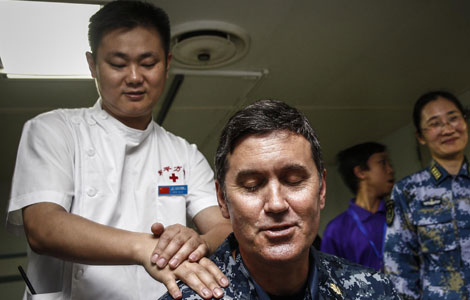
|

|
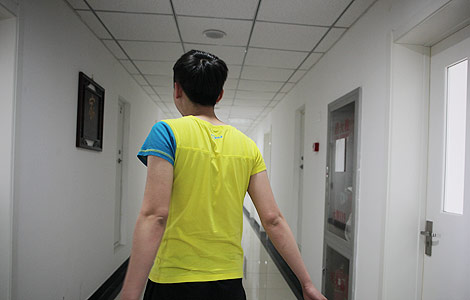
|
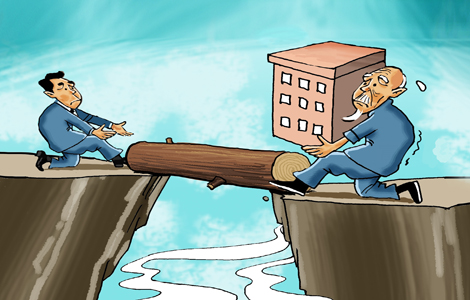
|

|
Today's Top News
US Senate approves landmark immigration bill
US collects Internet data on citizens
More Americans see Snowden as patriot: Poll
Visit aids 'trust-building process'
Crowds cheer gay marriage decision
Industry enjoys profitable month
China's civil servants top 7 million
King of Pop returns
US Weekly

|

|
